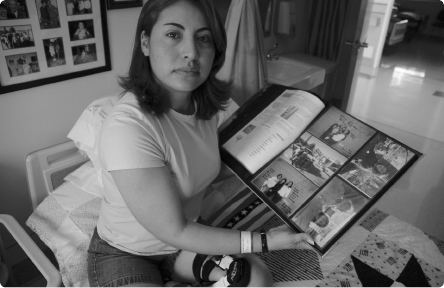Responding
You’re spending the afternoon at your apartment discussing your wedding plans with two friends, John and Sarah. You want them to help you with ideas for your rehearsal dinner, ceremony, and reception. As you talk, John looks directly at you, smiles, nods his head, and leans forward. He also asks questions and makes comments periodically during the discussion. Sarah, in contrast, seems completely uninterested. She alternates between looking at the people strolling by your living-room window and texting on her phone. She also sits with her body half-turned away from you and leans back in her chair. You become frustrated because it’s obvious that John is listening closely and Sarah isn’t listening at all.
When you actively listen, you do more than simply attend and understand.
What leads you to conclude that John is listening and Sarah isn’t? It’s the way your friends are responding—communicating their attention and understanding to you. When you actively listen, you do more than simply attend and understand. You also convey your attention and understanding to others by clearly and constructively responding through positive feedback, paraphrasing, and clarifying (McNaughton et al., 2007).

Claudia Carreon now relies on captioned photos to supplement her damaged long-term memory. Without this help, she can’t compare new information with previous knowledge, prohibiting her from fully understanding any message she may receive.
Disabled American Veterans (DAV) • www.dav.org